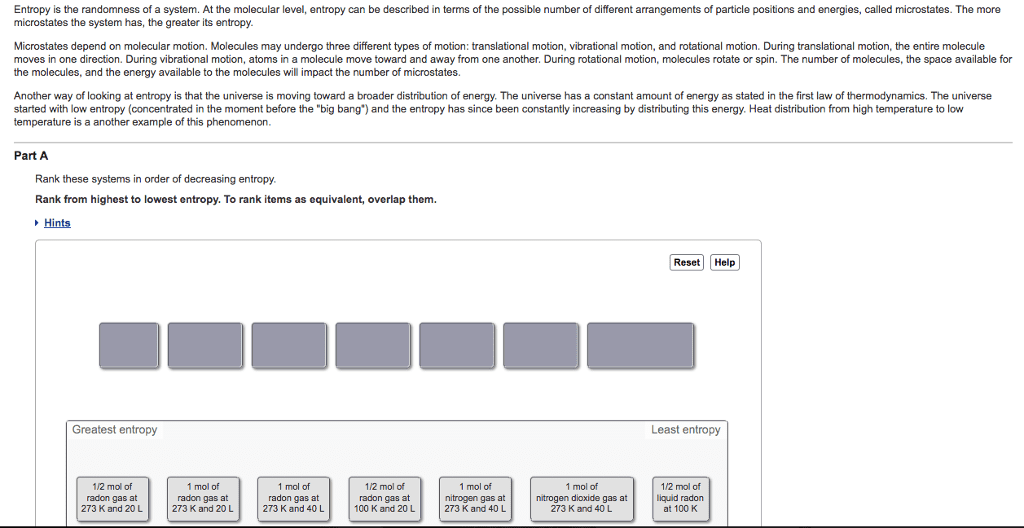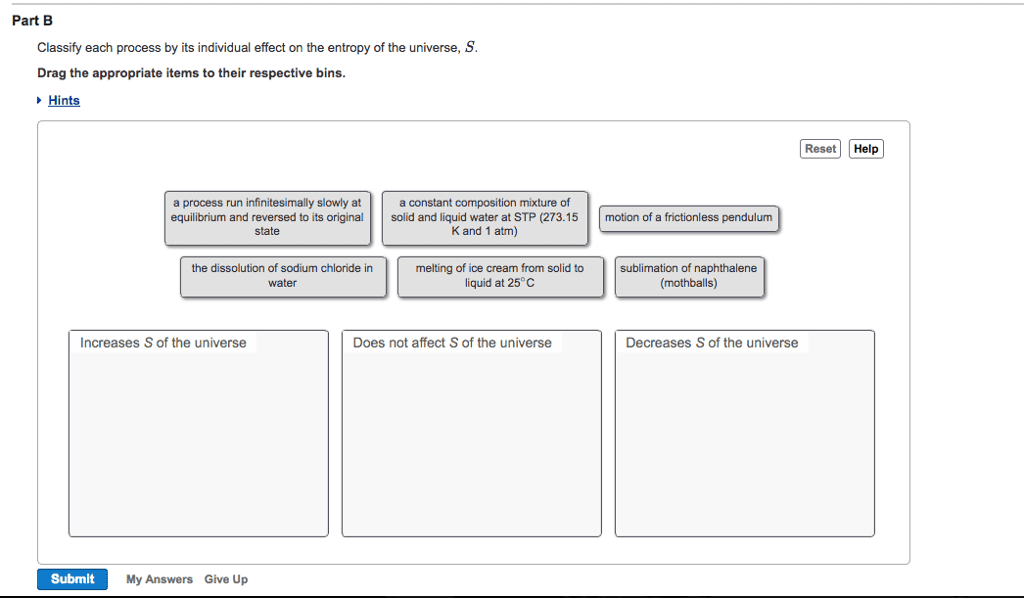CH1001 Lecture Notes - Lecture 10: Chemical Thermodynamics, Vacuum Flask, Internal Energy
Document Summary
Thermodynamics is the study of energy and how it is transferred in physical and chemical processes. Thermodynamics looks at the exchange of energy between a chemical system and the surrounding environment. Chemical thermodynamics describes whether or not a process will occur spontaneously, and also the extent to which a reaction goes to completion. The over-riding phenomenon in determining these is the free (or available) energy in the system, which is dependent on enthalpy (heat) and entropy (disorder). The sum of all nuclear, translational, rotational, vibrational, electronic and interaction energies in the system. A function of the heat absorbed or released by a chemical system. Measured by a change of temperature at constant pressure. A measure of the number of ways in which energy can be distributed in a system. A system consists of one or more chemical processes. The surroundings consist everything else in the universe except the system. Can gain or release energy across a boundary but not mass.




